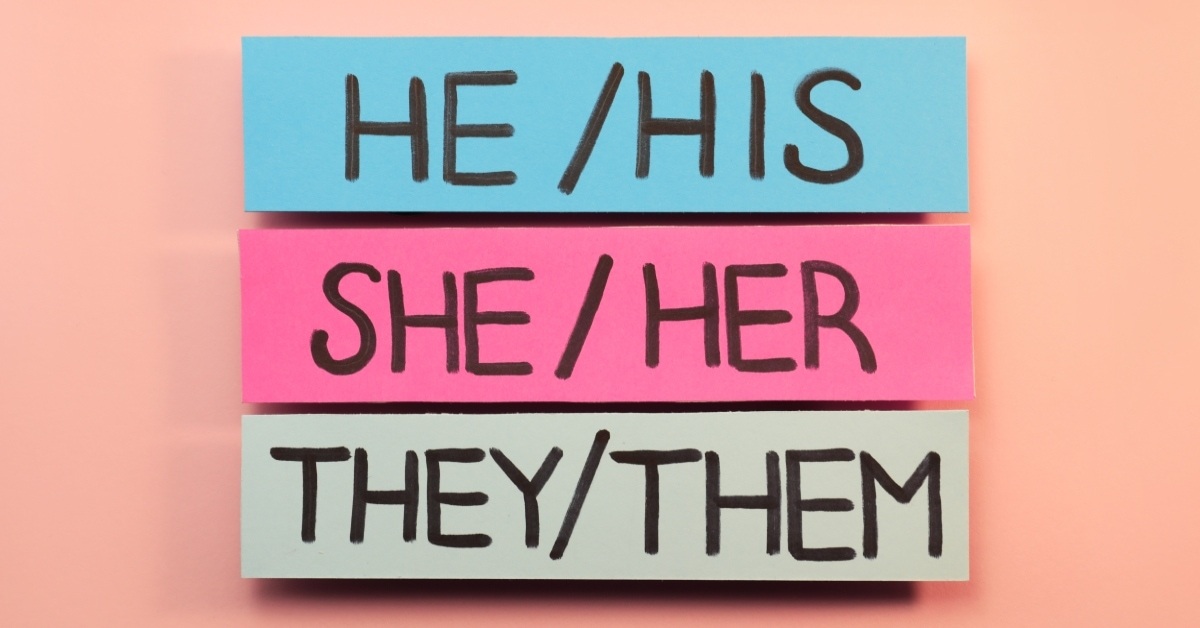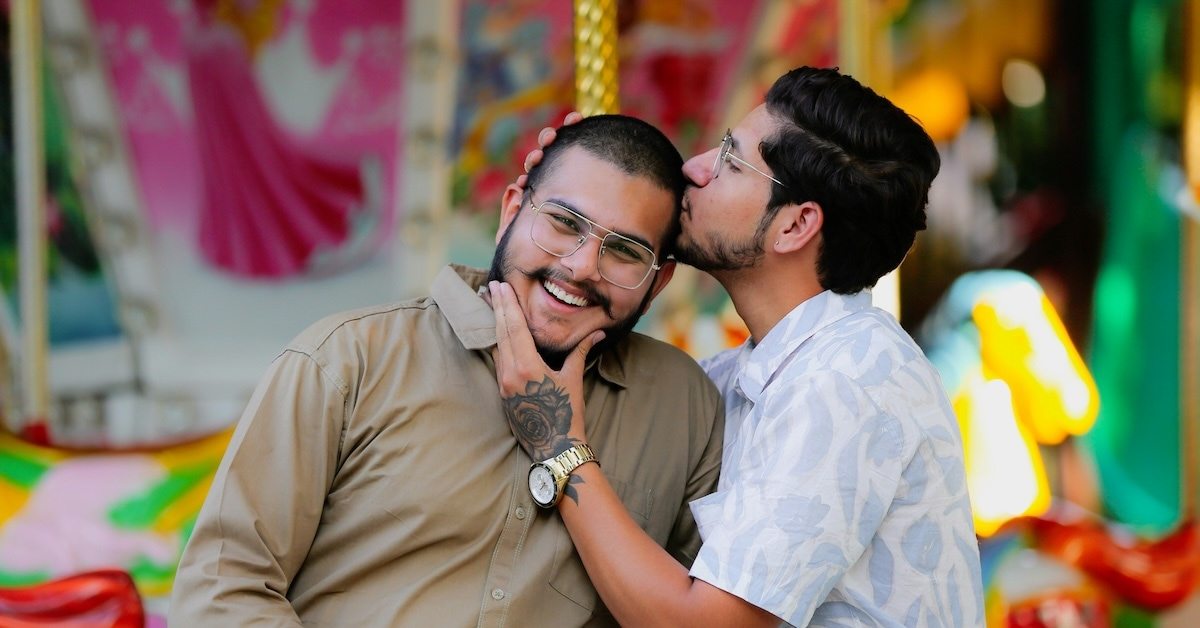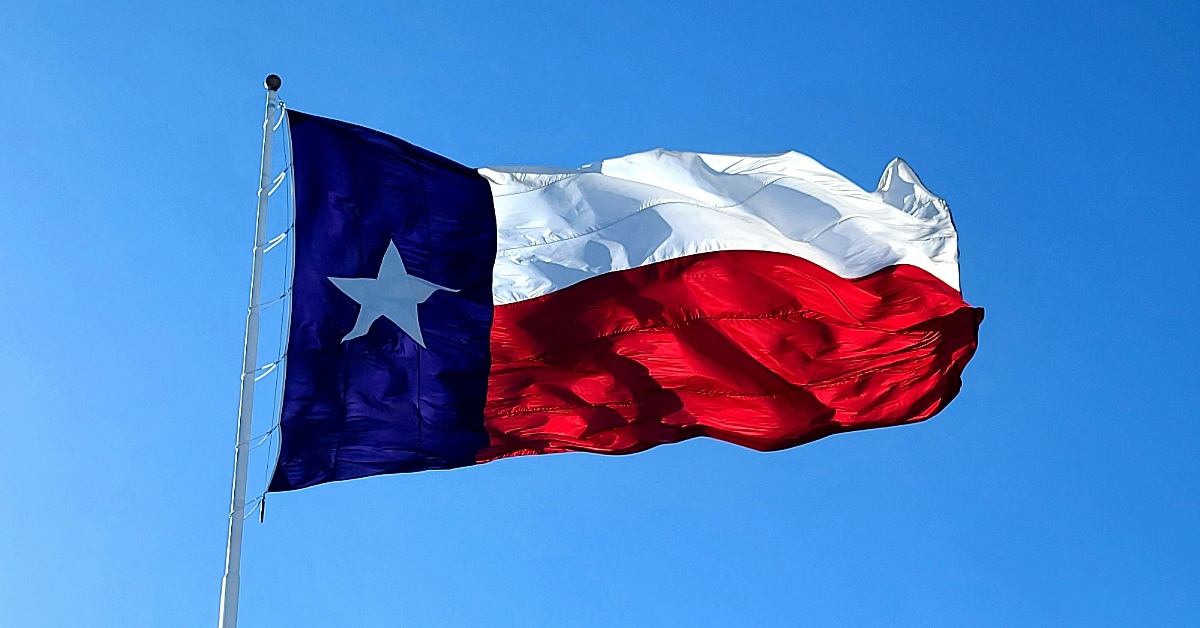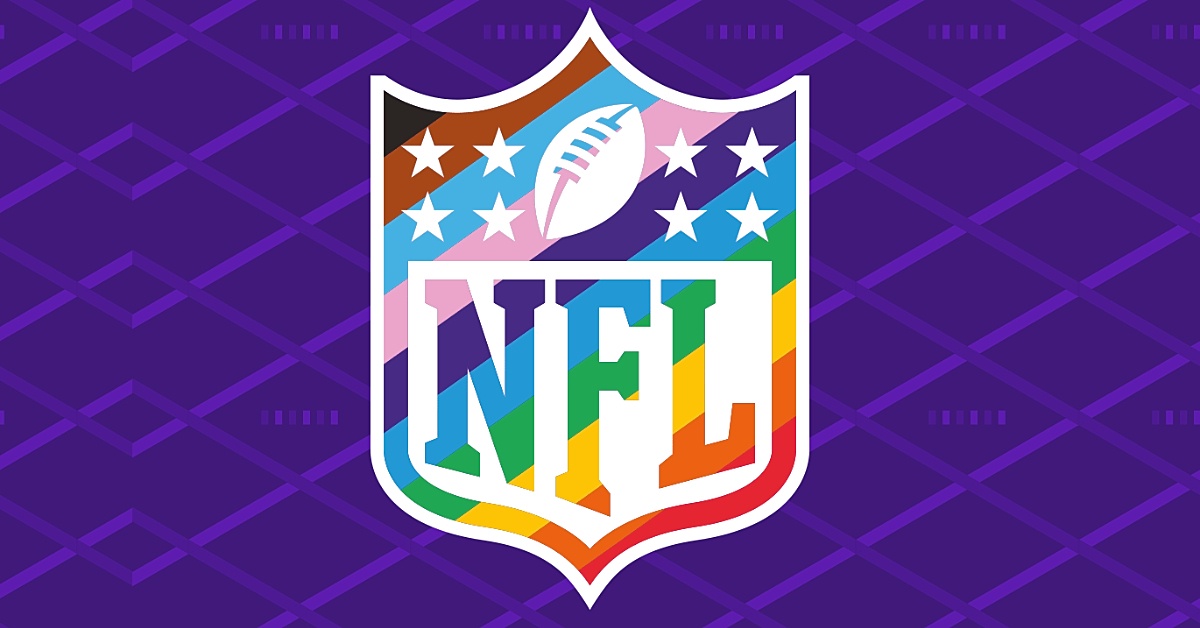BY: Jasmine Franklin
Published 1 hour ago
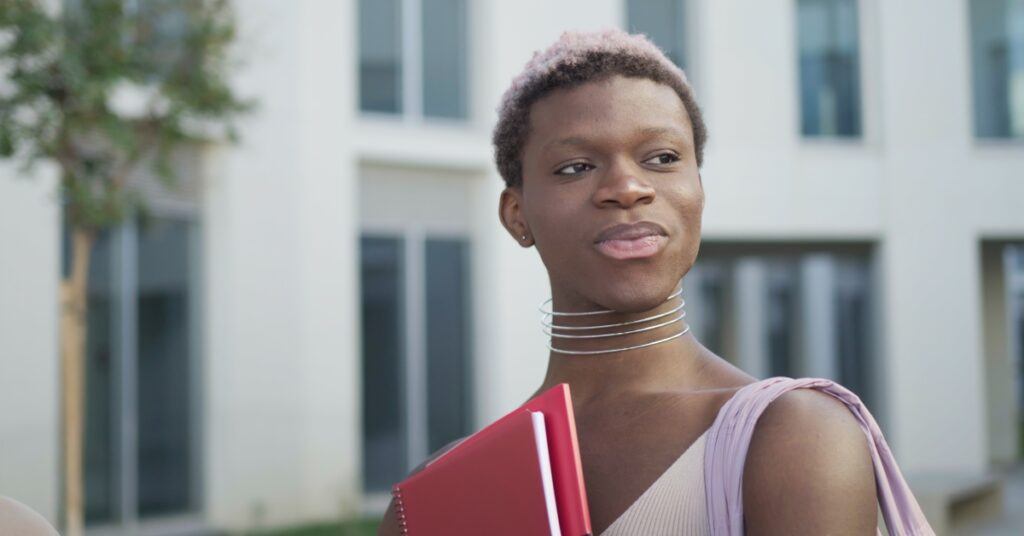
Every October, a wave of purple fills social media feeds and communities across the country. Spirit Day, observed on the third Thursday of the month, stands as a moment of solidarity with LGBTQIA+ youth. It stands as a collective promise to protect, support, and affirm those who often feel unseen. The day began as a simple online pledge but has since grown into a powerful global symbol of unity and visibility.
The Origin of Spirit Day
Spirit Day began in 2010 with Brittany McMillan. According to the Canadian Pride Historical Society, she was a Canadian teenager who wanted to honor the lives of Gender, Sexual, and Relationship Diversity (GSRD) students who had died by suicide after enduring relentless bullying. That year, the loss of college student Tyler Clementi sparked national grief and reflection. McMillan decided to act. In a Tumblr post, she encouraged people to wear purple. The color symbolized spirit in the LGBTQIA+ Pride flag, as a message of hope and resistance.
Her call spread quickly. Social media platforms amplified her message, and within weeks, students, schools, celebrities, and major organizations joined in. GLAAD soon partnered with McMillan to expand the campaign, giving Spirit Day a platform that reached millions. What started as a single teenager’s post became a movement that reshaped how communities talk about bullying and belonging.
Spirit Day arrived at a time when LGBTQIA+ representation in media was only beginning to shift. Shows like “Glee” and “Modern Family” were helping audiences see queer characters in a new light. Yet for many young people, school hallways and family tables still felt unsafe. McMillan’s message reminded them, and the world, that visibility could save lives.
How Spirit Day Lives On
Fifteen years later, Spirit Day continues to thrive because its message still matters. LGBTQIA+ youth face disproportionate levels of bullying, rejection, and mental health struggles. Spirit Day serves as a visible stand against that harm. Wearing purple is just one part of it. Schools host assemblies, workplaces launch inclusion campaigns, and communities organize rallies and panels that center queer voices.
Social media remains the heartbeat of the movement. Online spaces have become both a tool and a test for young people. A 2019 study by Statistics Canada found that 25% of youth reported being cyberbullied the previous year. The rate climbed to 52% among nonbinary youth and 33% among same-gender–attracted youth. These numbers show why Spirit Day’s message of support still resonates online. Sharing a photo in purple, posting a kind word, or amplifying queer voices can help push back against the harm that happens behind screens.
Yet beyond the virtual space, Spirit Day finds power in small acts: a student wearing purple to class, a teacher creating space for discussion, or a parent offering unconditional support.
More Than a Moment
Spirit Day endures because it continues to evolve with the times. What began as grief has become a yearly reminder of resilience. The day calls for action that lasts beyond October. It calls for safer schools, affirming policies, and inclusive communities.
How do you show support for LGBTQIA+ youth on Spirit Day? Share your thoughts in the comments.


